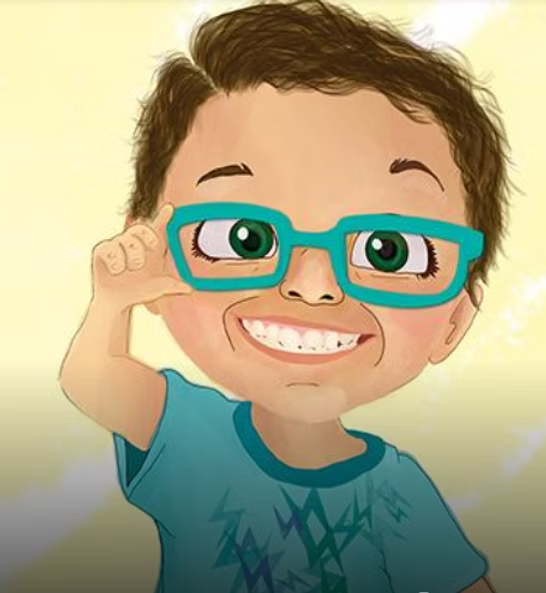Dr. Kartik Panikkar is best Ophthalmologist in Mumbai
Pediatric ophthalmology is a subspeciality that focuses on the various diseases that disrupt visual development in children. Treatment options can vary depending on the disorder, from using eye glasses and medications to complex eye surgery.
Paediatric strabismus/ squint
Strabismus is a common eye condition among children. It is when the eyes are misaligned and they point in different directions . One eye may look straight ahead while the other eye turns in, out, up, or down. The misalignment can shift from one eye to the other.
To line up and focus both eyes on a single target, all muscles in both eyes must work together. The brain controls these muscles.
Most children with strabismus have no other problems.
Having family members with strabismus can increase a child’s chance of having it themselves.
However, in certain cases, children who have strabismus may have disorders affecting their brain. Some of those problems may include:
cerebral palsy
Down syndrome
hydrocephalus (extra fluid in the brain)
brain tumor
premature birth
cataract (cloudiness of the eye’s naturally clear lens) or
eye injury can also cause strabismus.
Amblyopia/ Lazy eye
Amblyopia or lazy eye occurs when the vision of one eye is significantly better than the other eye, and the brain begins to rely on the better eye and ignore the weaker one. Common types of amblyopia include anisometropic (when the refractive error of one eye is significantly more than the other eye) or strabismic (when one of the eyes is misaligned for a long period of time).
The management of amblyopia involves correcting of significant refractive errors and using techniques that encourage the brain to pay attention to the weaker eye such as patching the stronger eye (occlusion therapy) or using certain drugs in the stronger eye to temporarily blur vision to promote usage of the weaker eye (penalization therapy). Early recognition and treatment of amblyopia is absolutely crucial towards normal visual and neuro-development of the affected eye.
Other eye disorders commonly seen in children
Refractive errors such as myopia (near-sightedness), hyperopia (far-sightedness) and astigmatism can often be corrected with prescriptions for glasses or contacts.
Accommodative insufficiency, convergence insufficiency and asthenopia
Infections (Conjunctivitis, Keratitis)
Blocked tear ducts.
Ptosis
Retinopathy of prematurity
Nystagmus
Pediatric cataracts
Pediatric glaucoma
Orbital and ocular tumors

